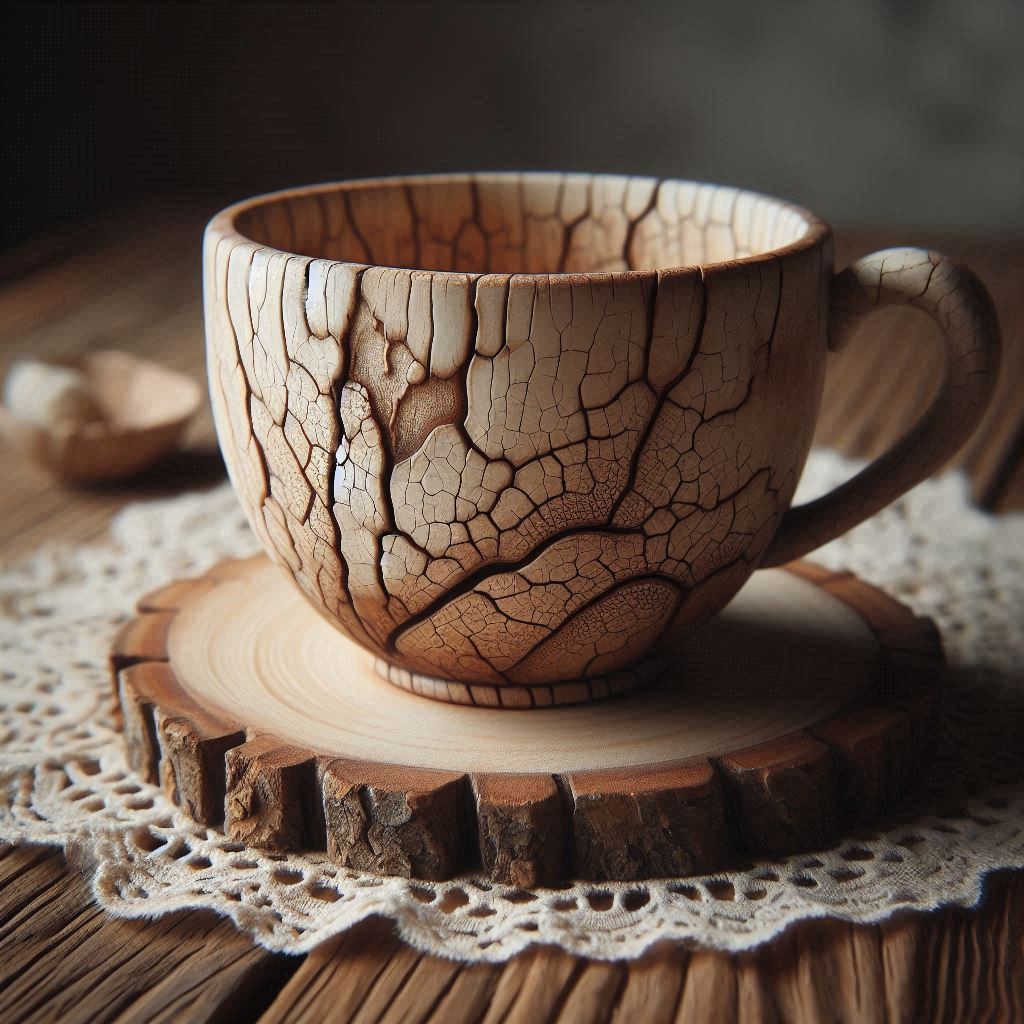In the world of materials, both natural and man-made, susceptibility to damage is a common concern. “Becomes damaged like wood” is an evocative phrase that calls to mind the vulnerabilities inherent in organic materials, but it can also be extended to understand the fragility of synthetic materials under certain conditions. This article explores the various factors that cause wood and other materials to degrade, the similarities and differences in their damage mechanisms, and how these insights inform the maintenance and preservation of such materials.
The Vulnerabilities of Wood
Wood, as a natural material, is renowned for its versatility and aesthetic appeal. However, it is also prone to a variety of damaging factors:
- Moisture: One of the primary culprits in wood damage is moisture. Wood absorbs water from its environment, leading to swelling and eventually to rot if not properly managed. Prolonged exposure to water can break down the cellulose fibers that give wood its strength, making it soft and structurally unsound.
- Insects: Termites, beetles, and other wood-boring insects can cause significant damage. These pests tunnel through the wood, eating away at its core and leaving it riddled with holes and weakened.
- Fungi: Wood-decay fungi thrive in moist conditions and can cause severe degradation. These fungi digest the cell walls of the wood, leading to a loss of structural integrity.
- Physical Wear and Tear: Daily use and environmental conditions such as temperature fluctuations, sunlight, and mechanical stress can lead to cracks, splits, and general wear on wooden surfaces.
Comparing Damage in Synthetic Materials
Like wood, synthetic materials such as plastics, composites, and metals also face various forms of damage. Here’s how some common materials degrade similarly to wood:
- Plastics: Plastics are susceptible to UV radiation, which can cause photo-oxidation leading to brittleness, discoloration, and cracking. Similar to how wood can be damaged by sunlight and weathering, plastics degrade when exposed to prolonged UV radiation and temperature variations.
- Metals: Metals, particularly those not treated or protected, are prone to corrosion when exposed to moisture and air. Rust is a common problem for iron and steel, akin to the rot experienced by wood. Both processes are slow but relentless, gradually weakening the material.
- Composites: Composite materials, which combine different substances to enhance properties, can suffer from delamination. This is where layers of the material separate, often due to moisture ingress or mechanical stress, similar to how wood can split along its grain.
Commonalities in Degradation Mechanisms
Despite their different compositions, natural and synthetic materials often share similar degradation mechanisms:
- Environmental Exposure: Both wood and synthetic materials are vulnerable to environmental factors such as UV radiation, moisture, and temperature changes. Protective coatings and treatments can help mitigate these effects, but constant exposure will eventually lead to degradation.
- Biological Factors: While wood is primarily affected by insects and fungi, synthetic materials can be affected by microbial growth as well. Some plastics, for instance, can become brittle and crack due to microbial activity in certain environments.
- Mechanical Stress: Repeated mechanical stress and load can cause fatigue in both natural and synthetic materials. Over time, this can lead to cracks, splits, and overall weakening of the material’s structure.
Preventative Measures and Maintenance
Understanding the similarities in how materials become damaged like wood can inform better maintenance and preservation practices:
- Regular Inspections: Routine checks can identify early signs of damage. For wood, look for signs of rot, insect activity, and moisture intrusion. For synthetic materials, check for discoloration, cracks, and signs of fatigue.
- Protective Treatments: Applying protective coatings such as varnishes for wood, UV-resistant films for plastics, and anti-corrosion paints for metals can significantly extend the lifespan of these materials.
- Environmental Controls: Managing the environment around these materials can prevent or slow down damage. This includes controlling humidity levels, minimizing direct exposure to sunlight, and protecting materials from water exposure.
- Proper Use and Handling: Ensuring materials are used within their design limits and handled properly can reduce the risk of mechanical damage. Avoiding excessive loads and impacts can prevent stress-related degradation.
Conclusion
The phrase “becomes damaged like wood” highlights the universal vulnerability of materials to environmental and biological factors. By understanding the common degradation mechanisms shared by natural and synthetic materials, we can develop better strategies for their preservation and maintenance. Whether it’s the beauty of wood or the practicality of plastics and metals, protecting these materials ensures their longevity and functionality, allowing us to enjoy and utilize them for generations to come.
4o
